Labor Arbitrage RIP
An anonymous reader shares a report: For decades, India's economic promise has rested on its demographic dividend -- the competitive edge of a massive, young, and increasingly educated workforce. Economists and policymakers have routinely cited the country's population profile as its ticket to economic superpower status, with projections of reaching $10 trillion in GDP and achieving high-income status by 2047. These forecasts depend heavily on a critical assumption: that roughly 500 million Indians currently aged 5-24 will find productive employment as they enter the workforce over the next two decades. But a sobering new analysis from Bernstein suggests this fundamental premise may be crumbling under the weight of rapid advances in AI. "The advent of AI threatens to erode all the advantages of India's rich demographic dividend," write Bernstein analysts Venugopal Garre and Nikhil Arela, who characterize their assessment as a potential "doomsday scenario" for a nation that has hitched its economic wagon to services-led growth. At stake is India's $350 billion services export sector -- a sprawling ecosystem of IT outsourcing, business process management, and offshore knowledge centers that employs over 10 million workers, mostly in jobs that place them in the top 25% of the country's income distribution. While India's IT giants have successfully navigated previous technological shifts -- from basic call centers in the late 1980s to cloud computing and data analytics more recently -- AI poses a fundamentally different challenge. Unlike earlier transitions that required human adaptation, today's AI systems threaten to replace rather than complement the workforce. "AI subscriptions that come at a fraction of the costs of India's entry level engineers can be deployed to perform tasks at higher precision and speed," the report note. Read more of this story at Slashdot.

Read more of this story at Slashdot.



















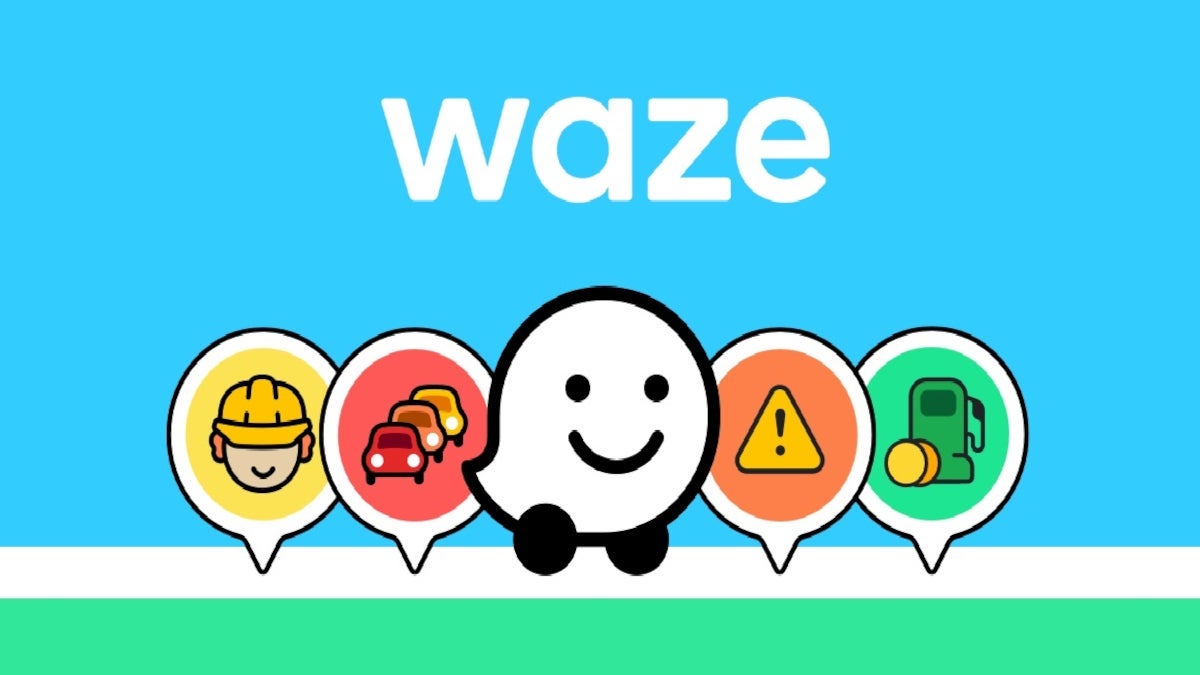















































![Apple's M5 iPad Pro Enters Advanced Testing for 2025 Launch [Gurman]](https://www.iclarified.com/images/news/96865/96865/96865-640.jpg)
![M5 MacBook Pro Set for Late 2025, Major Redesign Waits Until 2026 [Gurman]](https://www.iclarified.com/images/news/96868/96868/96868-640.jpg)
![Apple to Revamp Health App with AI-Powered Doctor [Gurman]](https://www.iclarified.com/images/news/96870/96870/96870-640.jpg)
![Lowest Prices Ever: Apple Pencil Pro Just $79.99, USB-C Pencil Only $49.99 [Deal]](https://www.iclarified.com/images/news/96863/96863/96863-640.jpg)

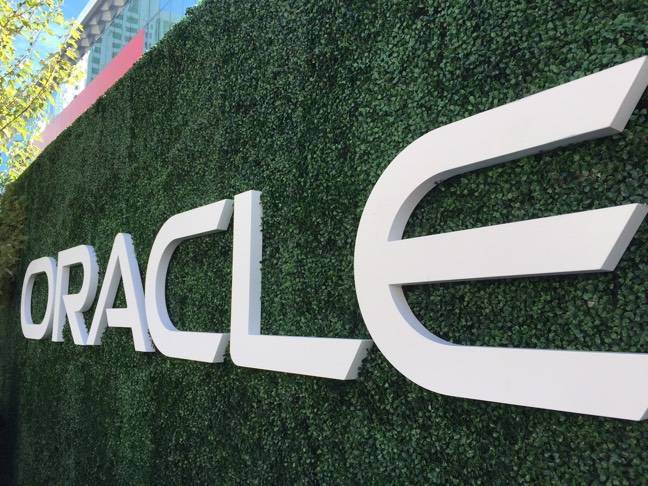












![What Google Messages features are rolling out [March 2025]](https://i0.wp.com/9to5google.com/wp-content/uploads/sites/4/2023/12/google-messages-name-cover.png?resize=1200%2C628&quality=82&strip=all&ssl=1)









































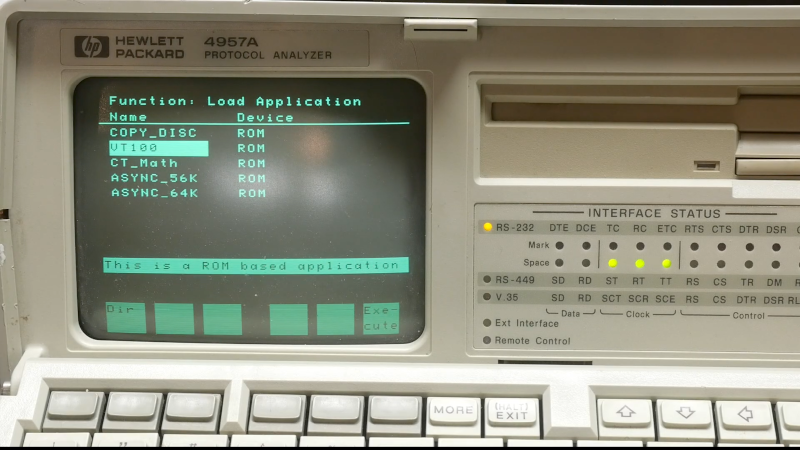


















































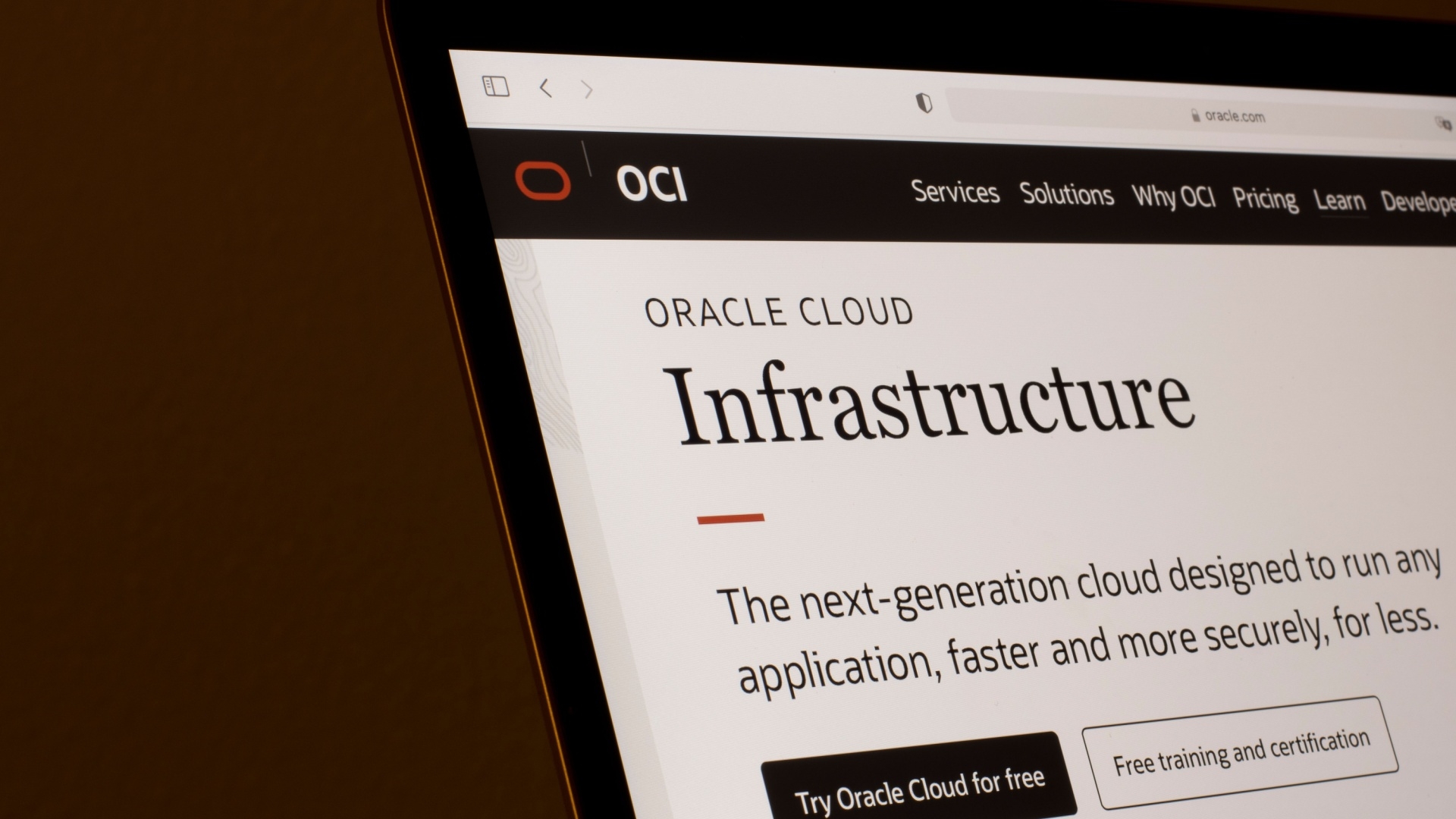






































































![[The AI Show Episode 141]: Road to AGI (and Beyond) #1 — The AI Timeline is Accelerating](https://www.marketingaiinstitute.com/hubfs/ep%20141.1.png)
![[The AI Show Episode 140]: New AGI Warnings, OpenAI Suggests Government Policy, Sam Altman Teases Creative Writing Model, Claude Web Search & Apple’s AI Woes](https://www.marketingaiinstitute.com/hubfs/ep%20140%20cover.png)
![[The AI Show Episode 139]: The Government Knows AGI Is Coming, Superintelligence Strategy, OpenAI’s $20,000 Per Month Agents & Top 100 Gen AI Apps](https://www.marketingaiinstitute.com/hubfs/ep%20139%20cover-2.png)

























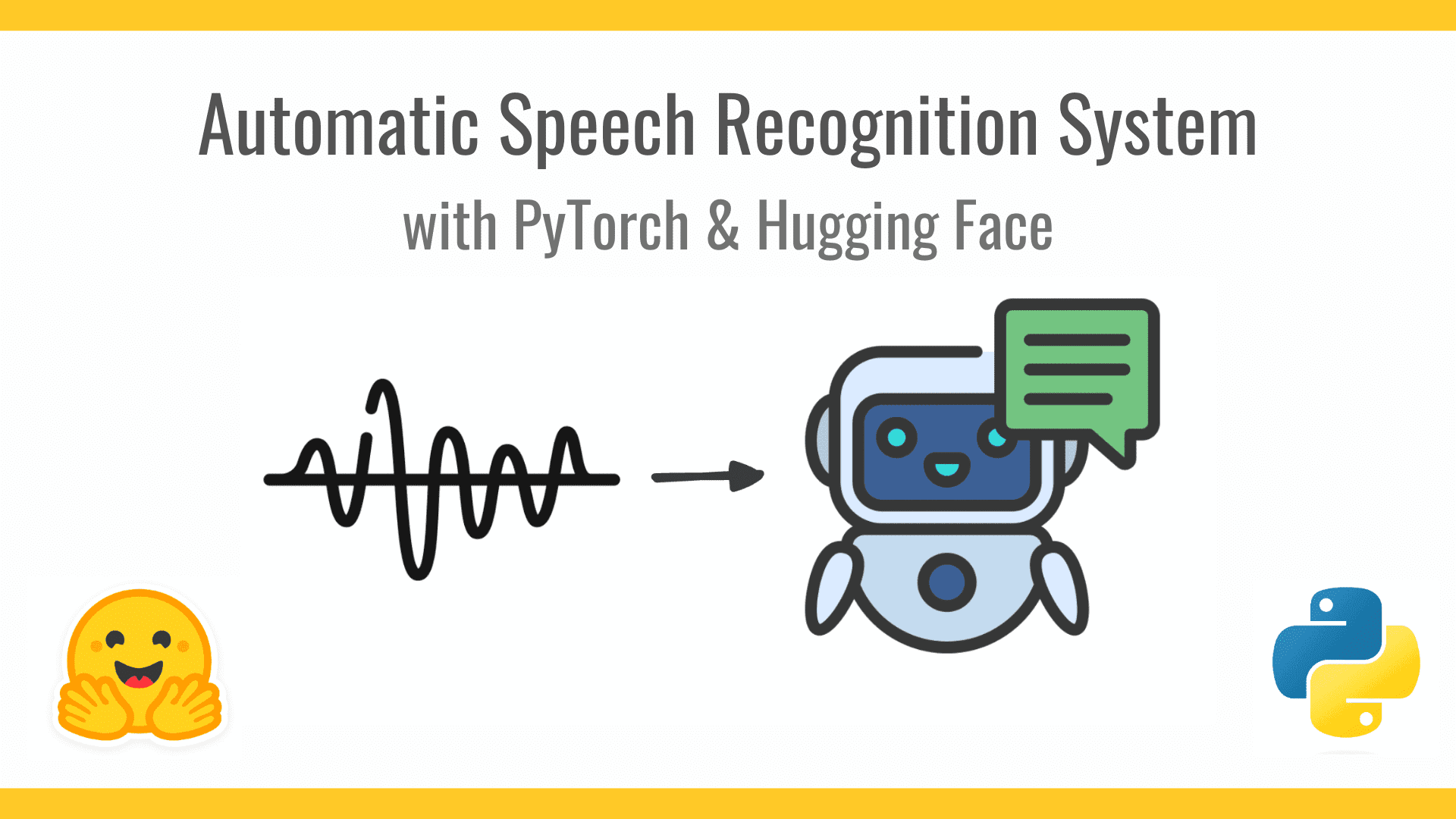


































































































![From broke musician to working dev. How college drop-out Ryan Furrer taught himself to code [Podcast #166]](https://cdn.hashnode.com/res/hashnode/image/upload/v1743189826063/2080cde4-6fc0-46fb-b98d-b3d59841e8c4.png?#)



![[FREE EBOOKS] The Ultimate Linux Shell Scripting Guide, Artificial Intelligence for Cybersecurity & Four More Best Selling Titles](https://www.javacodegeeks.com/wp-content/uploads/2012/12/jcg-logo.jpg)



































.png?#)





















































